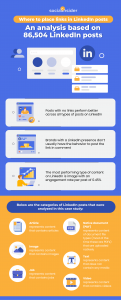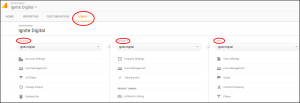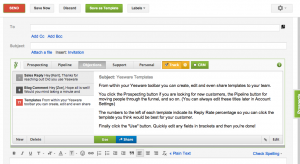If you want to reach a global audience, localizing your website should be high on your agenda. This single activity is the stepping stone to building your brand abroad, gaining better search rankings and improving your conversion rate from global internet users.
If you’ve never done it before, however, embarking on a website localization project can seem like a daunting prospect, especially if you have a larger-than-average website.
Together with communication with your languages service supplier and an ongoing feedback process, the key to successful localization starts with the planning stage.
Before you even begin the translation process, there are five main areas you can concentrate on to increase the likelihood of success and four questions you should ask yourself. How you will set up the international sites from a technical point of view? How will your current technology impact the translation management process? How can you integrate your current or desired technology into the translation process? And which services and areas will need more careful consideration when localizing?
- The technical setup of your international site(s)
Your technical setup will have repercussions on several things: on your on-page international SEO, your hosting and development costs, your site’s speed and on the process of importing/exporting content. Among the elements to consider at this stage are domain names, URL structure, hosting providers, CDNs, language selectors and more.
- Your CMS and its integration in the translation process
Your choice of CMS is likely to have a big impact on your ability to deliver localized websites for multiple regions and languages. While most enterprise CMSs are developed with localization in mind, there are a number of options available and depending on your budget and requirements, some are more suitable than others.
- How you will integrate translation management
There are several ways to integrate your site with translation service providers. The three main options available to businesses looking to expand their operations are: standalone website solution, proxy-based solution and CMS / eCommerce integrated solution.
Each has it’s own set of advantages and disadvantages (see infographic below), make sure to find out which one suits you best before committing.
- The type of translation service you require
It is common for a website localization project to require multiple translation services. For example, while your homepage may only need translation, your sales pages might be better suited for transcreation, and, depending on your sector and the size of your inventory, your product descriptions might lend themselves to machine translation with human post-editing. The list goes on with subtitling of your video content and legal translation of your T&Cs. Make sure you understand the costs and time implications as early in the process as possible.
- Which details are important
Localization goes beyond simple translation of text. As its goal is to provide users with a native experience, details often make or break the project. In some cases, you will find that seemingly small elements may impact significantly on success. For example, if you provide a local phone number (as you should), do you have customer support available in that language? Some other things to consider when localizing are domain names, URLs, currency, measurements, and date formats.
You can use the infographic below for reference when planning your website translation projects. For a more in-depth look at the website localization process from start to finish, refer to our free guide to website localization, created in collaboration with Smart Insights.
Digital & Social Articles on Business 2 Community
(105)
Report Post









